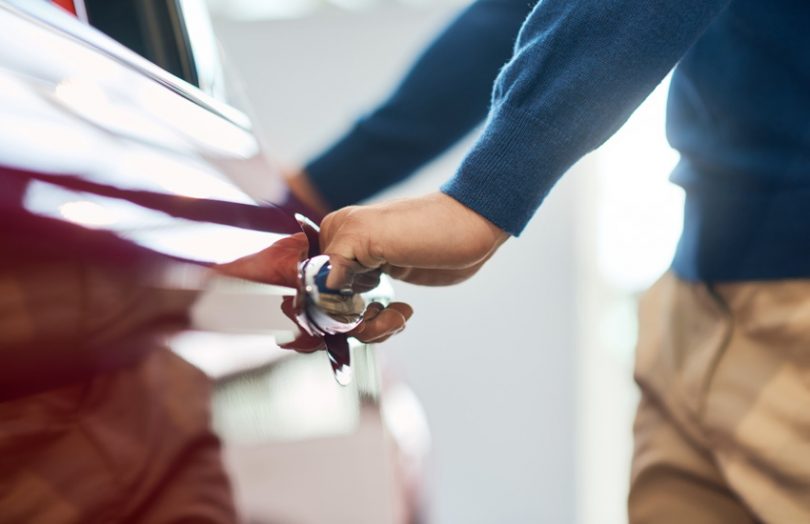On 30 September 2020, public distributed ledger (DLT) IOTA announced the launch of IOTA Access, an open-source framework that builds access control systems. An example is a car owner’s ability to enable someone to access and use their car remotely. IOTA Access isn’t limited to vehicles, it works with any IoT resource, such as embedded sensors or smart locks. Regarding smart vehicles, IOTA has previously worked with Jaguar Land Rover on an IoT smart wallet project, which is a partner on this project, alongside STMicroelectronics, NTT DATA Romania, RIDDLE&CODE, and numerous others.
Below is a Q&A with RIDDLE&CODE which focuses on hardware integration.
IOTA Access aims to securely control smart devices, granting and revoking access to the devices anytime and anywhere. It allows users to specify conditions for granting access.
Article continues …

Want the full story? Pro subscribers get complete articles, exclusive industry analysis, and early access to legislative updates that keep you ahead of the competition. Join the professionals who are choosing deeper insights over surface level news.






